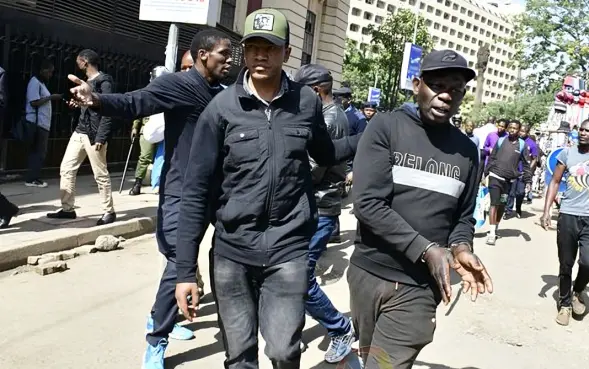Recognizing undercover police officers and unmarked vehicles can be easier than you think if you pay attention to key details. Undercover cops often exhibit certain grooming styles, clothing preferences, and behaviors, while unmarked police cars have specific features that set them apart from regular vehicles. Here’s a comprehensive guide to help you identify them effectively.
How to Recognize an Undercover Cop
- Pay Attention to Grooming Styles
Undercover cops usually maintain neat, military-style grooming. Look for clean side parts, shaved heads, or high-and-tight haircuts for men. Women often wear ponytails, low buns, or short, practical haircuts. However, deep-cover assignments may feature officers with grown-out hair or facial hair to blend in. - Observe Their Clothing
- Oversized Jackets: Bulky jackets may be hiding tools like handcuffs or other equipment.
- Brand-New Casual Wear: Undercover officers often wear hoodies, activewear, or generic-brand clothing that looks unworn or out of place.
- Cargo Pants/Shorts: These provide practical storage for badges, flashlights, and other tools.
- Tactical Boots: Heavy-duty boots or hiking shoes in neutral colors are commonly worn by officers for durability.
- Check for Concealed Firearms
Watch for the outline of a gun beneath their clothing, especially when they move or stretch. This can be a clear sign of an undercover officer. - Notice Behaviors
- Friendly and Inquisitive Strangers: An undercover officer may try to gain your trust by asking personal questions or engaging in casual conversation to gather information.
- Out of Place Individuals: Be wary of anyone who doesn’t fit the setting, such as a clean-cut individual at a punk concert.
- Mismatched Pairs: Sometimes officers work in pairs that don’t seem to match, such as individuals of different age groups or contrasting styles.
How to Identify Unmarked Police Cars
- License Plates
- Look for municipal or nondescript plates that differ from ordinary civilian ones. They might include a short string of numbers or the letters “MU” to indicate official use.
- Antennae
Police vehicles often have multiple antennas on the roof or trunk for communication. While some modern vehicles use puck antennas that blend in, the number and placement can still be a giveaway. - Emergency Lights
Check for hidden emergency lights in the grill, side mirrors, or rear windshield. Civilians are not allowed to have these lights, so their presence is a clear indication. - Push Bumpers
Push bumpers, often installed on sedans or SUVs, are designed to protect vehicles during pursuits or collisions. If you see one on a smaller car, it could belong to law enforcement. - Tinted Windows
While many cars have tinted windows, unmarked police vehicles typically have darker tints, especially at the front, making it harder to see inside.
Final Tips
- Be Cautious: If you think someone is an undercover cop or driving an unmarked car, avoid drawing attention to them or yourself. Calling them out might interfere with their duties or put you at risk.
- Trust Your Instincts: Pay attention to inconsistencies in appearance or behavior that stand out.
- Legal Awareness: Keep in mind that officers are not legally required to admit they are police if asked directly.
By staying observant and noticing these subtle details, you can identify undercover cops and unmarked police vehicles more easily while remaining safe and aware of your surroundings.








